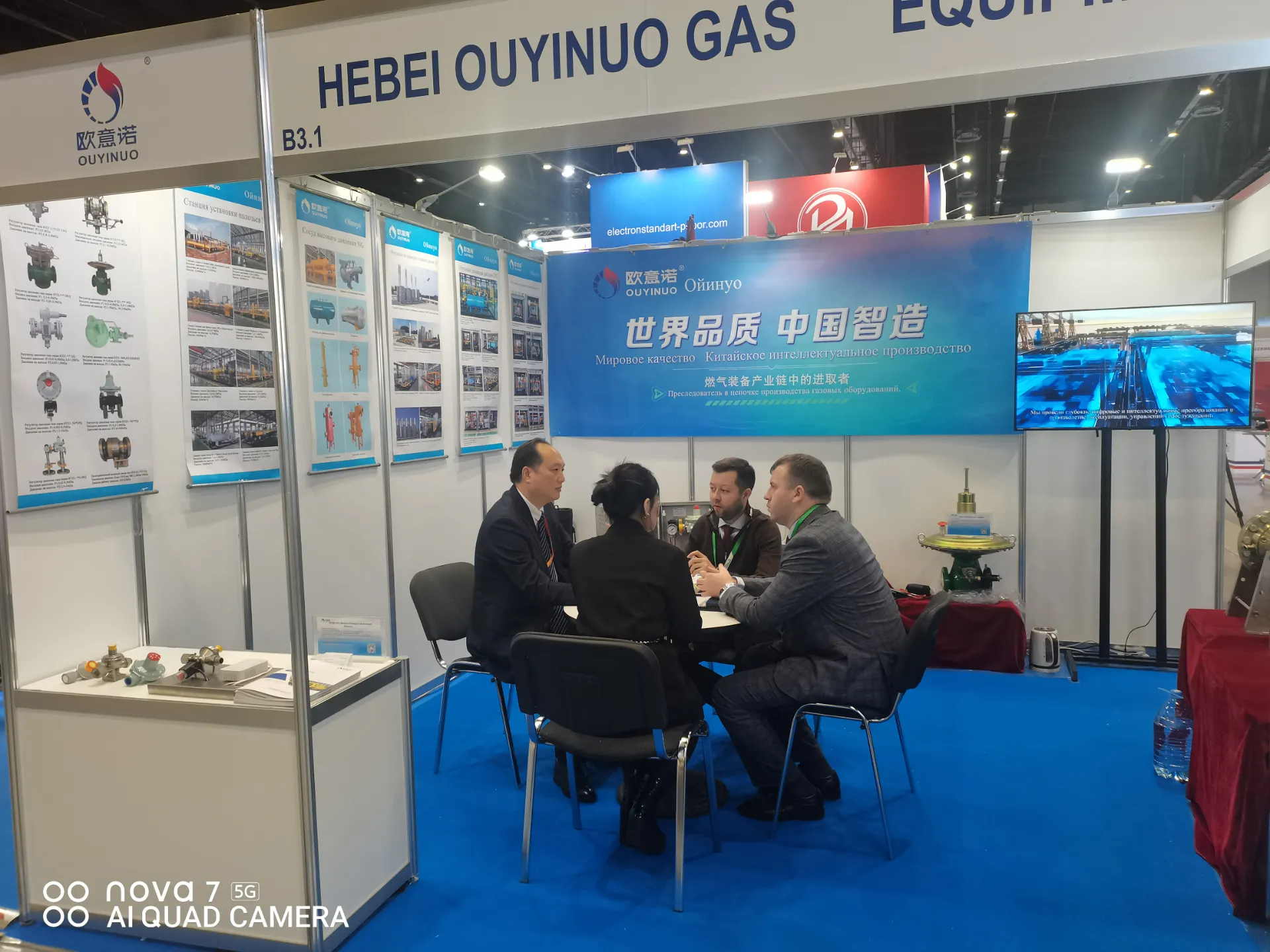
Nov . 25, 2024 11:20
Back to list
مزلقة تخفيض الضغط
Understanding Pressure Relief Valves A Key Component in Industrial Safety
In industries where pressurized systems are a fundamental aspect of operations, the importance of pressure relief valves (PRVs) cannot be overstated. These devices play a crucial role in preventing catastrophic failures caused by excessive pressure buildup. This article explores the functionality, significance, and maintenance of PRVs, alongside the various types and applications of these essential safety components.
What is a Pressure Relief Valve?
A pressure relief valve is a safety device designed to automatically release excess pressure from a system, thus preventing a pressure spike that could lead to equipment failure or even explosions. Typically installed in systems such as boilers, tanks, and pipelines, PRVs are vital in ensuring operational safety and compliance with industry regulations.
The primary role of a PRV is to maintain system pressure within safe limits by diverting excess pressure to a designated outlet. When the pressure in the system exceeds a pre-set level, the valve opens, allowing fluid to escape until the pressure returns to a safe range. Once the pressure stabilizes, the valve closes, ensuring normal operation resumes.
Types of Pressure Relief Valves
There are several types of pressure relief valves, each suited for different applications. The most common types include
1. Spring-Loaded Valves These are the most widely used PRVs. They rely on a spring mechanism to open and close. The pre-set pressure is determined by the spring's tension, making them adjustable for various applications.
2. Pilot-Operated Valves These valves utilize a smaller pilot valve to control the larger main valve. They are particularly effective in high-pressure systems, offering improved accuracy and response times compared to spring-loaded valves.
3. Bursting Disks While not mechanical valves, bursting disks serve a similar function by providing a fail-safe method for releasing pressure. They are designed to rupture at a specific pressure, providing a one-time safety solution.
4. Balanced-Bellows Valves This type of valve uses a bellows design to maintain a constant opening force, reducing the effect of back pressure on the valve performance. They are essential in fluctuating pressure environments.
.
The significance of pressure relief valves in industrial and manufacturing settings cannot be understated. Here are some key points highlighting their importance
مزلقة تخفيض الضغط

- Safety The foremost function of a PRV is to safeguard personnel and equipment. By preventing overpressure situations, these valves help avert accidents that could result in loss of life and significant property damage.
- Regulatory Compliance Many industries are subject to strict safety regulations. Properly functioning PRVs ensure compliance with safety standards established by regulatory bodies, thereby avoiding legal ramifications and potential fines.
- Equipment Longevity Operating machinery and systems beyond their designed pressure limits can lead to premature failure. PRVs help prolong the life of equipment by keeping operating pressures in check.
- Operational Efficiency By maintaining optimal pressure levels, PRVs contribute to the efficient functioning of systems, ultimately leading to better productivity and reduced downtime.
Maintenance and Inspection
Regular maintenance and inspection of pressure relief valves are essential to ensure their reliability. Here are some recommended practices
- Routine Testing Conduct regular test operations to ensure the valve opens and closes at the designated pressure level.
- Visual Inspections Check for signs of corrosion, leakage, or physical damage to ensure the valve’s integrity.
- Re-calibration Over time, the settings of a PRV may drift. Re-calibration by qualified personnel is crucial to maintain accurate pressure settings.
- Record Keeping Maintain logs of inspections, maintenance, and any incidents related to the valves for accountability and operational insights.
Conclusion
Pressure relief valves are indispensable safety components in any pressurized system. Their ability to prevent dangerous overpressure situations is vital to the safety and efficiency of industrial operations. By understanding their types, significance, and the importance of regular maintenance, organizations can protect both their workforce and their equipment, ensuring a secure working environment.
Latest news
-
Safety Valve Spring-Loaded Design Overpressure ProtectionNewsJul.25,2025
-
Precision Voltage Regulator AC5 Accuracy Grade PerformanceNewsJul.25,2025
-
Natural Gas Pressure Regulating Skid Industrial Pipeline ApplicationsNewsJul.25,2025
-
Natural Gas Filter Stainless Steel Mesh Element DesignNewsJul.25,2025
-
Gas Pressure Regulator Valve Direct-Acting Spring-Loaded DesignNewsJul.25,2025
-
Decompression Equipment Multi-Stage Heat Exchange System DesignNewsJul.25,2025

